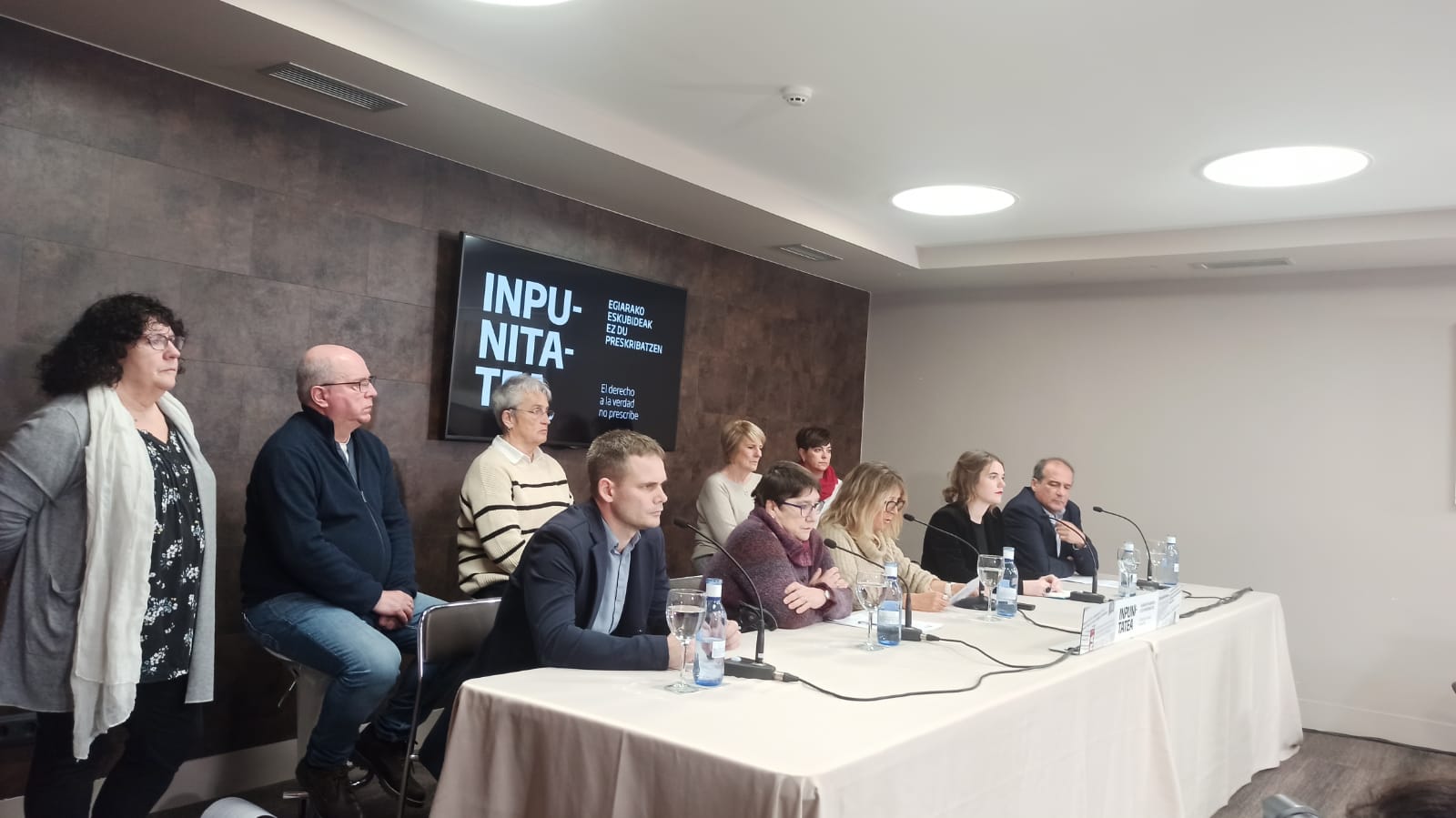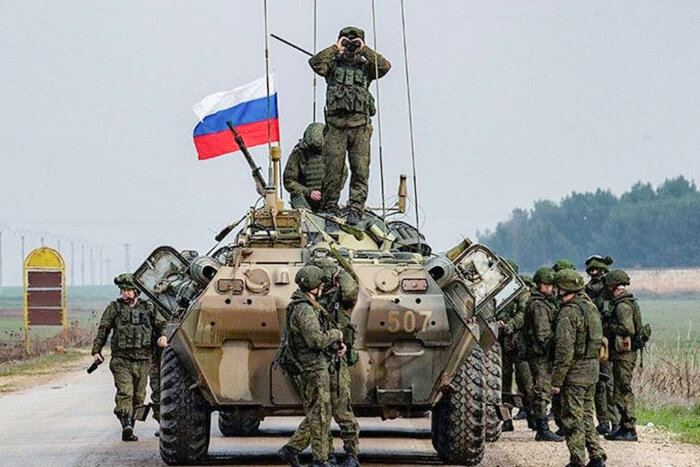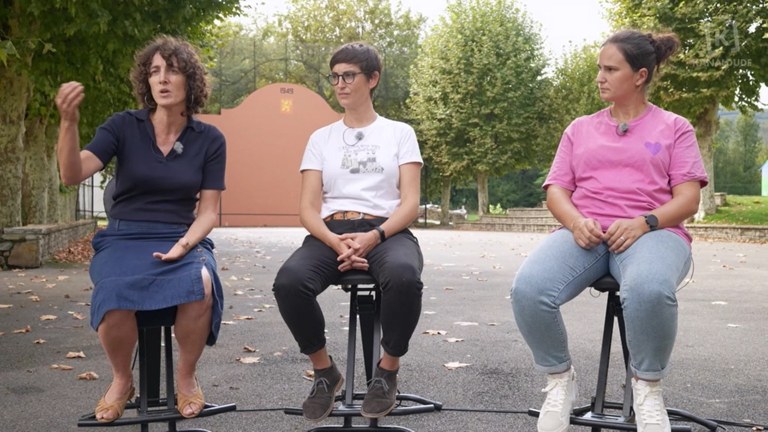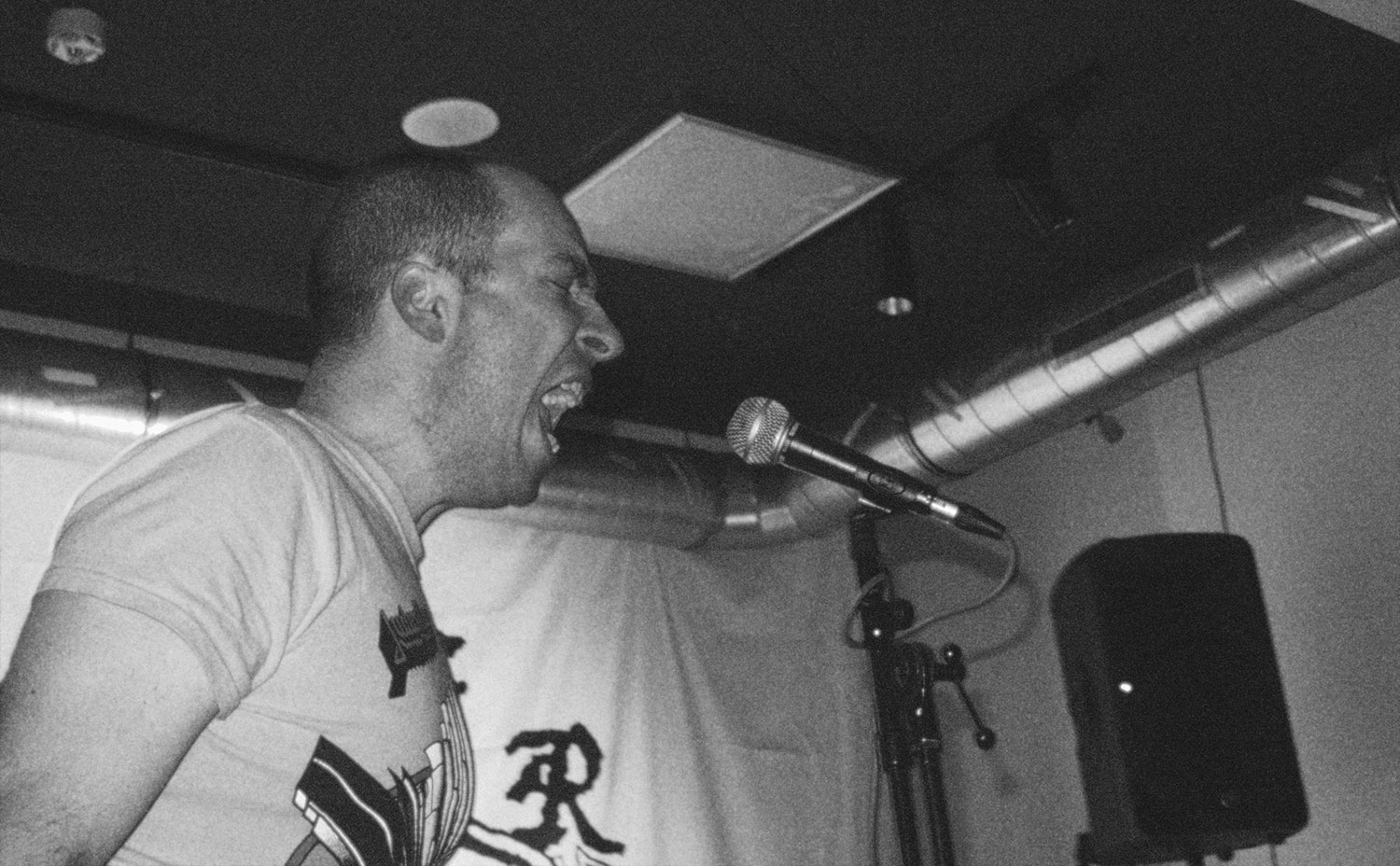France assumes its responsibility
- French President Emmanuel Macron visited Rwanda on 27 May and acknowledged his country ' s responsibility for the 1994 genocide. The Extreme Government of the Hutu Ethnicity organized the murder of 800,000 people of the Tutsi Ethnicity. Everything happened under the supervision of the top French leaders, and France has taken 27 years to accept their guilt. He hasn't asked for forgiveness yet.

Everything happened in a hundred days, from 7 April to 13 July 1994. In just over three months, almost a million people were killed in the human hunt led by the government of the Rwandan sides. In quantitative terms it is said that between half a million and one million people died, but the most accepted is that of the 800,000 deaths, 70% of the tutorials in Rwanda. Most yes, but not all were tubules, they also killed thousands of “moderate” purees, who disagreed with government failures, Tutsi family members, Tutsi friends, voids that did not kill Tutsis -- all of them became victims of Interahamwe militias, which means they work together. It is said to be the largest murder in the world that has taken place in such a short period of time in the twentieth century, and that there was no such short term massacre in the Holocaust either.
All this was done in the light of the UN's 2,300 blue helmets guarding the country, many of them Belgian soldiers. France was also on the chessboard, but supporting the government of the genocide of the voids, both before and after the killings. Moreover, when the uprising had to take the capital of Kigal and the government of the sides was forced to flee, France also offered them the escape through the humanitarian operation Turquesa. France has always said that it did not know what was going on, let alone that it was preparing for genocide. Today, it is clear that he knew it, and, even if it is a word, that is what Macron has just approved at the Kigali Genocide Memory Center. The bodies of 250,000 people are buried there.
There are dozens of books, films, reports and thousands of articles on the genocide in Rwanda. Two of them are recent. One, the one requested by the Rwandese Government to a prestigious group of lawyers in Washington, the Muse report, and the other, the one commissioned by Emanuel Macron to the French historian Vicent Duclert, the Duclert report. Both agree on the responsibility of France, but not on the determination of the degree of responsibility. We shall then come to the conclusions of the reports, for first of all, let us go back a century, for the whole issue of genocide is difficult to understand without fully following its colonial footprint.
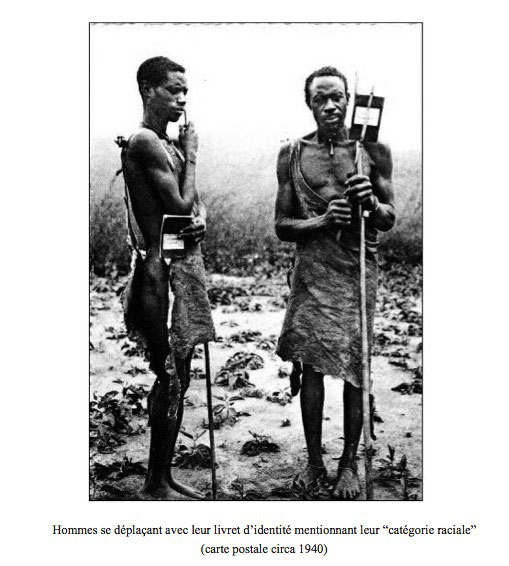
Belgium in 1940
The Hutu or Tutsi brand was
under the control of Rwanda Germany during the First World War, but at the end of the war it became dependent on Belgium. Two dominant groups, 85% hesitant, almost all remaining tubular and 1% twa ethnicity (pygmies). The voids were farmers in general, and the nuts were the farmers. The new colonizers supported the tubules and this minority rigorously controlled most of the voids that had the character of reduced castes. Belgium also provided the sides with a tool that would then be key to the 1994 genocide: the new identity papers determined whether the citizen was tute or empty.
But the new anti-colonialist and national liberation winds did not support the Belgians and the “Tusiah” took the lead in the process of Rwanda’s independence, creating a movement in contact with the socialist. Belgium changed it by allied itself and, with the help of the Catholic Church, began to hold the sides, expelled the Tuto king and proclaimed the republic. The second-rate citizens were Tutsias. Since the 1950s, murders and persecutions between the two groups have been frequent.

(Ed. Jeunne Afrique)
Among them is that of 1959, when the Tutsi were attacked by the sides, thousands of people were killed and thousands fled to nearby countries, including Uganda. This is an important moment, since the exiled group in that country would be the Rwandan Patriotic Front (RFP), which would then assume power in 1994. Paul Kagame, then leader of that guerrilla group, in July 1994 held the leadership of Rwanda and has maintained command to date.
Juvenal Habyarimana
Independence and then several coups d ' état in Rwanda, one of which was given by the general bandit Juvenal Habyarimana. This is also a key name in the history of genocide, since ethnic exclusion against Tutsis increased from then on, gradually becoming an ethnic cleansing, ruling in Rwanda in 1994 and his government was key in oppression of cockroach Tutsis, as they called them.
According to the famous book For the sake of the empire, clothed with the historian Josep Fontana, the Belgians and the Catholic Church repeatedly supported the sides, as well as “to maintain the attempts to invade the expatriate Tutsis and the programmed murders that took place since 1963, announcing what would happen in 1994.” In 1975, France signed a military agreement with General Habyarimana. Since then, the regime intervened manually with France, and especially with Socialist President François Mitterrand. Habyarimah and Habyarimah established a close personal relationship, which, as the reports have subsequently pointed out, was very important in understanding the attitude towards genocide.
It must be acknowledged that it is not easy to follow the trail of the Rwandan genocide, that there are many perspectives and that the story is made in various ways, as is customary in these cases. Vision of the UN, USA, France and Belgium, Organization for the Union of Africa... What to believe and who to believe? In this sense, in this report the Fontana scale is fundamental to better understand the details of the “genocide of the hundred days”.
The planning of
the massacre, since 1990, was reinforced by the RFP’s attacks and its continuing blows and the country’s poor economic situation, forced Habyarimah to sign peace with the rebel group led by Paul Kagam. A process of apparent democratization was also opened and the Arusha Agreement was signed, which had never been approved by the banded Rwandese army. In fact, not even Habyarimah himself, nor the boss, also driven by the army’s rebellion, publicly stated that the agreement was only a “piece of paper.”
As described by Fontana, Colonel Thenoeste Bagosora, who helped him sign an agreement in Arushara, Tanzania, recently said: “I come to prepare the Revelation.” “Meanwhile – the historian continues – the lehendakari met with 35 leaders of the Interahamwe militias to make lists of all those who should die and buy the necessary weapons abroad to carry out their work.”
The International Criminal Court of Rwanda, created by the UN, in 2008 sentenced Bagosora to life in prison as “the principal planner of genocide.” The Arusha Agreement has been signed, but most experts say that Habyarimana and her clan had been preparing for years the “final solution” of the voids, to clean the “country of the thousand collados”, and finally “to end the problem of the voids”. Between 1990 and 1993, France sent Rwanda a number of EUR 20.5 million worth of weapons, as well as advisers for the formation of the army and the militias which subsequently served as the basis for the genocide. The Rwandan Government purchased up to 600,000 machetes, the weapon most used in the killings. All the reports that have studied the subject state that the preparation of the killings was high and very methodical. Empty marginal media also enthusiastically prepared the genocial environment, among which Radio Televisión Libre de las Mil Colinas stood out.
Starting point: The death of
Habyarimana on 6 April 1994, a missile struck the plane with Habyarimana and Cyprien Ntarymira, President of Burundi, and both were killed. The genocide was already in preparation, but the next day the massacre began. The Rwandan army and the old militias murdered the empty prime minister and the ten Belgian blue helmets guarding him; the president of the Constitutional Court and many other institutional positions. Thus, hunting for the tutsis was also considered open.
And who launched the mission against the plane? According to the voids, the forces of the RFP of Kagame, and the tutsias, the extreme errors. At that time there was talk of the possibility of Belgian soldiers, and Colette Braekman, from the Belgian newspaper Le Soir, published an article saying that they were French soldiers. Fontana states that, according to the latest studies, the missionary was only able to be launched from the areas where the Rwandan army was present.
Two are the factors that are considered very important in order to be able to carry out this great murder in a short period of time: one, that the failed ones have made very precise lists of tubules; two, that a large part of the empty population had intervened in the murders, sometimes driven by the environment and sometimes forced: either the empty citizens killed the Tutsis or the militias killed them. For example, 2,000 people gather in a church, often offering them shelter, and they are all killed, thrown, grenades and insurrections. It is said that they have never killed so many people in the churches, and worse, with the complicity and/or direct involvement of men and women in the church, to the extent that Vatican also appears on the list of those who have asked for forgiveness. Sister Gertrudisi and her subordinate Mari Kizito were sentenced to 15 and 12 years in prison in the Brussels lawsuit for the expulsion of 7,000 large protected persons in their convent and the subsequent death of empty militias, with the complicity of both women, including the delivery of petrol for 500 protected persons in a garage to be burned.
Rape became one of the main weapons of genocide and it is said that between 100,000 and 250,000 women were raped. As in all the wars, women had been at the point of attack for a long time: in 1990 the newspaper bandit Kangura published the ten commandments against the Tutias. The first said: “All bones should know that all orphaned women are working for the tusive ethnicity. Therefore, we understand as traitor the void that is housed with a tutsa woman, who is her partner, or who considers her to be a secretary or lover”. The other nine commandments drove racial hatred against the Tutias, with similar orders.
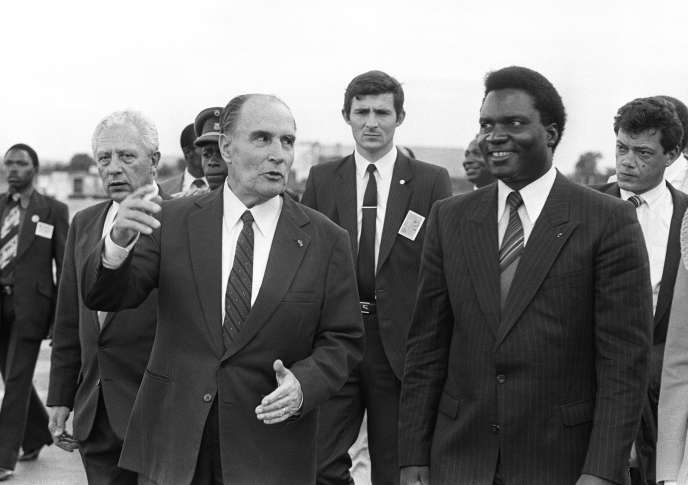
What about the international? The dossier
produced by Le Monde Diplomatique in May analyzes in depth the responsibilities of the most important subjects. François Graner, a researcher at Survie, describes precisely the one in France, explaining all kinds of obstacles that the State continues to place in the study of archives. The Rwandese authorities, led by Kagame, have repeatedly denounced France’s refusal to publish the documents requested by Kigali.
Collette Braeckman, journalist for Le Soir, analyzes the responsibilities of his country from a historical perspective and from the time of genocide. It refers to the era of colonialism, such as mass evangelization, the use of Tutsis and the destruction of ethnic cohesion, for example “a traditional system that distributed power to three leaders, one for the land, another for the animals and the third for the army.”
In the dossier of the monthly magazine there is a very significant article, because it very rigorously emphasizes the silence of Africans in the face of genocide. Evidence of this was that in June 1994, in the midst of the massacre, the Organization for African Union reached the annual summit in Tunis and the situation in Rwanda did not even enter the agenda. The topic has been analyzed in the article by Senegalese writer Boubacar Boris Diop, who concluded with the election of president in South Africa, Nelson Mandela, in his speech: “What is happening in Rwanda is a disgrace to all of us. We have to show that we are able to put an end to them with concrete tasks.” His words soon arrived in Paris and President Mitterrand extended in the Elysées words such as: “With or without mandela, we will not let the Anglo-Saxon enter into our problems.” And the consequence was the organization of the Turquoise Humanitarian Operation as soon as possible, before the Africans organized and sent their forces.
What about the responsibilities of the UN? Today it is widely accepted that the UN looked elsewhere. To what extent and with what degree of responsibility ... the assessments do not coincide. The organization ' s attitude to Canadian General Roméo Dallaire, who headed Rwanda ' s blue helmets, is evident, when in January a deserter who had served as Hutu Power ' s head informed the general of the genocide plans and asked the organization to send 5,000 more well-armed blue helmets in the hope of paralyzing the killings. For its part, the UN dispatched 2,300 retired soldiers and 270 unarmed observers. Moreover, according to Fontana, the seasonal Secretary-General of Boutros-Ghali prevented the fax containing the general ' s testimony and the petition from reaching the Security Council.
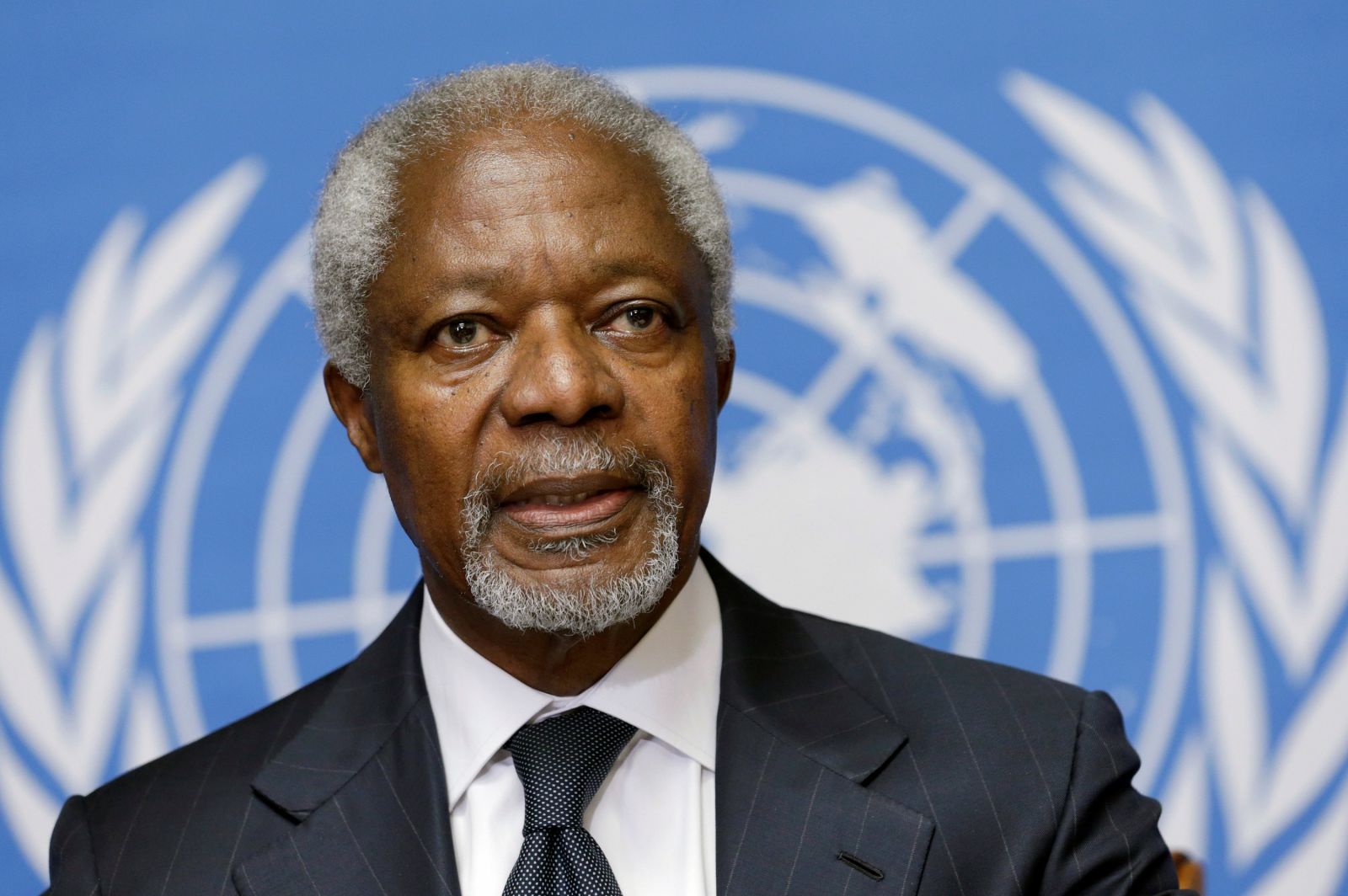
Ten years later, in the act of remembrance of the UN genocide, Kofi Annan, then head of the UN peace operations, already UN Secretary-General, approved: “If the international community had acted quickly and firmly, it would have prevented much of the genocide, but there was no political will or a group of soldiers.” Although we have talked little about EE.UU, it was key and blocked in the Security Council any proposal for aid to Rwanda, as Bill Clinton would then accept.
Operation Turquesa
Tutsias was left without any help from the world, but from Uganda, RFP entered Rwanda and in a few months conquered the entire territory. On 19 July, a unified Government of Parties and Tusions was created and the then leader of the RFP, Paul Kagame, now President of Rwanda. With the approval of the UN, France launched Operation Turquesa with 2,500 soldiers for humanitarian purposes. The Fontana is very demanding with the operation and, in its opinion, mainly served to protect the empty fighters and channel their flight. The truth is that it is not surprising, because the French Government supported the government of the sides and the guerrillas of the RFP as an enemy. The State's attitude is also a sample of the following data: The meeting of the French-speaking countries was held in Biarritz at the end of 1994, but France did not invite the new Rwandan government to the summit. France and its Member States have also supported many relevant people who have had responsibilities in the genocide.
.jpg)
Thus, with Operation Turquesa, France created a large area in southern Rwanda, a fifth of the territory, to cover the gaps. Two million voids fled there by the Rwandan army, and the Tutias killed thousands of bones in their flight. The camp of two million empty refugees was established in the city of Goma in Zaire, one of the largest in the world.
The Muse and Duclert report in
2017 asked the law firm Levy Firestone Muse in Washington, D.C. to issue a report on genocide. The group presented its conclusions on 19 April, following the publication of the Duclert report on 26 March. The latter was commissioned by Emmanuel Macron to historian Vicent Duclert, who formed a group of twelve people to carry out the research. The Duclert team has based itself on the investigation of official documents, although it has recognized that it has not been able to access all those it wanted, among other things because it has denied it what the National Assembly requested. The Muse report, in addition to thousands of documents, has used the testimonies of 250 people to complete the report.
The Duclert report points out that the French State had a political, institutional and ethical responsibility in the genocide in Rwanda, “above all for the refusal of the authorities that could modify the flow of events”. And he also says that at the highest levels of state authority, he had been ignored by what was happening, when they knew all the information for decision-making. However, the accusation of responsibility does so in a very diffuse manner and leaves no responsibility for complicity, since it has not seen France participate directly or indirectly in the genocide.
The Muse report is more rigorous with France. On the one hand, it takes the Duclert report well, and France sees it in the right direction to take responsibility. It also welcomes the gradual opening of the files, but denounces that not everything is yet opened. At the same time, it criticizes Duclert’s investigation, especially because it “does not set the true responsibility that the French State had. In fact, he is not too responsible for the French State, which made the genocide that was avoidable possible. In our report we do.” Vicent Duclert, in an interview in Le Monde with the Americans' report, said: “Lying, manipulation and passion contaminate Rwanda’s dossier.”
When the French and Rwandan authorities are conducting a process of approximation between the two countries, it remains to be seen to what extent the States concerned will cover the responsibilities of the French. The truth is gradually moving, but Emmanuel Macron may be tempted to buy money for justice and reparation, thanks to the repression he has already announced as international aid.
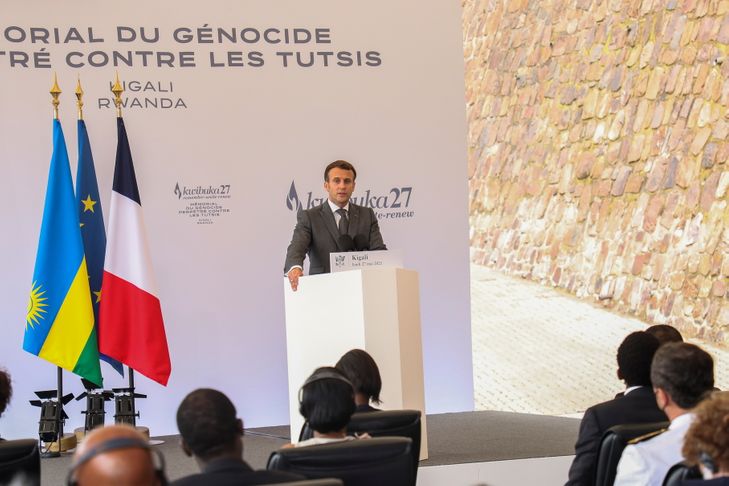
Iazko udan ere Alacant aldera hurbildu ginen eguraldi hobea aurkitu nahian eta, urtero bezala, egun batez, Benidorm erraldoian sartu ginen hango giroan murgildu, zerbait hartu eta seme-alabekin izozki edo gofre bat dastatzeko asmoz.
Hiri bitxia da, denetarik aurki dezakezu... [+]
Ongi etorria eman digu Unai Mendizabalek A eredutik D eredura aldaketa egitea erabaki dugulako Judimendi auzo eskolan. Bidea malkartsua izango dela ere ohartarazi digu Armentia Ikastolako guraso eta Arabako Ikastoletako lehendakariak. Gure esker ona adierazi nahi diogu eman... [+]
Ez dira gutxi azken boladan euskara bere onenean ez dagoela eta bere transmisioa bermatuta ez dagoela ohartarazten ari diren ahotsak. Bestetik, inork ez du ukatzen hezkuntzak ezinbesteko betebeharra duenik euskara eta euskal kulturaren biziraupenerako. Erronka estrategikoa... [+]
Azken asteetan zenbait unibertsitatetako ate irekien jardunaldietara joateko aukera izan dut. Semea aztertzen ari da zer ikasiko duen datozen urteotan eta, erabakia hartu aurretik, komeni da aukera guztiak begiratzea. Unibertsitate bakoitzak badu bere misioa, bere izaera, bere... [+]
GALeko biktima talde batek eman du kereilaren nondik norakoen berri Bilbon egindako prentsaurrekoan, Egiari Zor fundazioak eta Giza Eskubideen Euskal Herriko Behatokiak lagunduta. GALen aurkako eta, zehazki, José Barrionuevoren aurkako kereila aurkeztuko dute.
Bost urte igaro dira pandemiaren hasieratik. Pandemia horrek ekarri zuen denok zaintza eredua ezagutzea, inondik inora ere behar bezala ez zebilena. Egoitzetako kutsatzeen eta hildakoen datuak, batez ere pribatuetan, zifra hutsak baino askoz gehiago izan ziren.
2020ko... [+]
Duela aste batzuk, gurean egon ziren El Salvadorko eta Kanarietako emakumeen eskubideen aldeko hainbat aktibista. Sexu- eta ugalketa-eskubideez eta eskubide horiek urratzeak emakumeengan dituen ondorioez aritu gara; hala nola El Salvadorren berezko abortuak izanda homizidio... [+]
Tasa edo zerga turistikoaren eztabaida urtetan luzatzen ari da, erakunde publikoetan ordezkaritza duten indar politikoen artean zabala den arren ezarri beharraren gaineko adostasuna. Eztabaidetako bat da zerga hori zein erakundek kobratuko duen: zenbait udalek (tartean... [+]
Tamara Yague Confebaskeko presidenteak iragarri du gehiengo sindikalak deitutako martxoaren 20ko bilerara ez dela joango, eta gehitu du gutxieneko soldataz eztabaidatzeko markoa Espainiako Mahaia dela. ELA, LAB, ESK, Steilas, Etxalde eta Hiru sindikatuek EAErako gutxieneko... [+]
Vladimir Putinek interesa agertu du AEBek eta Ukrainak adostu duten 30 eguneko menia epeaz, baina zalantzak ere plazaratu ditu. Funtsean, ez du presarik erakutsi akordioa sinatzeko eta denbora gehiago eskatu du zalantzok argitu ahal izateko.
Zuberoako ohiturei buruzko bi liburu ditut gogoan. Batek XX. mendean aritu izan diren 180 dantzari eta soinulari aipatzen ditu. Haien artean, emakumezkorik ez da agertzen. Besteak, pastoralei egiten die errepasoa eta hor emakumeak aipatu aipatzen dira, baina omisio esanguratsuak... [+]
1984an ‘Bizitza Nola Badoan’ lehen poema liburua (Maiatz) argitaratu zuenetik hainbat poema-liburu, narrazio eta eleberri argitaratu ditu Itxaro Borda idazleak. 2024an argitaratu zuen azken lana, ‘Itzalen tektonika’ (SUSA), eta egunero zutabea idazten du... [+]
Olor
Noiz: martxoaren 9an.
Non: Bilboko Sarean espazioan.
---------------------------------------------------------
Esperantza. iz. Nahi edo desiratzen dena gertatuko delako edo lortuko delako uste ona.
Izen horixe jarri zion Jokin Azpiazu Carballo Olor ermuarrak bere... [+]











